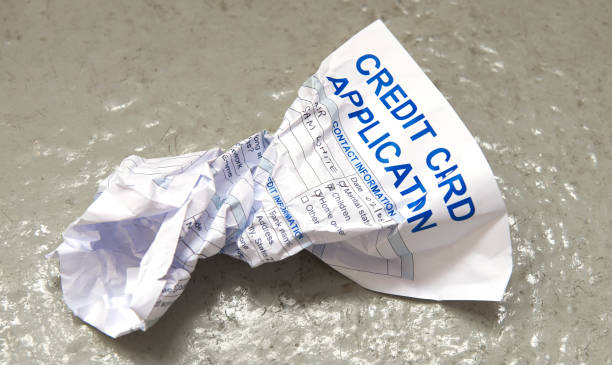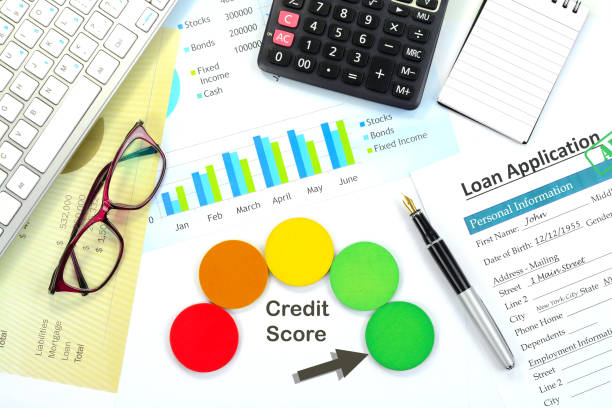
Navigating the vast landscape of credit card offers can feel like a daunting task, yet selecting the right one is a fundamental act of financial self-...
Read More
The shadow of overextended personal debt casts a long and damaging pall over an individual’s financial identity, primarily embodied by their credit ...
Read More
The burden of overextended personal debt is a multifaceted challenge, and while financial discipline is its ultimate remedy, vigilant credit report mo...
Read More
The relationship between overextended personal debt and credit score damage is a profound and destructive feedback loop, each fueling the other in a c...
Read More
The crisis of overextended personal debt is a complex financial state where liabilities become unmanageable, and its profound impact on an individual‚...
Read More
Of all the factors that determine a credit score, the credit utilization ratio holds a unique and powerful position for those struggling with overexte...
Read MoreTrack all your income and expenses for one month without judgment. This provides an honest snapshot of your spending habits and reveals areas where money is leaking out unnecessarily.
Primary revenue comes from fees charged to merchants (a percentage of the sale), similar to credit card interchange fees. They also profit from late fees charged to consumers and, in some cases, interest on longer-term plans.
A debt consolidation loan combines multiple high-interest debts into one loan with a fixed interest rate and monthly payment. This can lower your overall interest cost, simplify payments, and provide a clear payoff timeline.
Absolutely. This is often called being "house poor" or "cash flow poor." A high income masked by excessive fixed payments offers no safety net. An unexpected job loss or medical issue can instantly topple this fragile balance, as there is no disposable income to absorb the shock.
They often live paycheck-to-paycheck with no margin for saving. A single unexpected expense of a few hundred dollars can be catastrophic, forcing immediate and costly borrowing that is difficult to repay, trapping them in a cycle of debt.